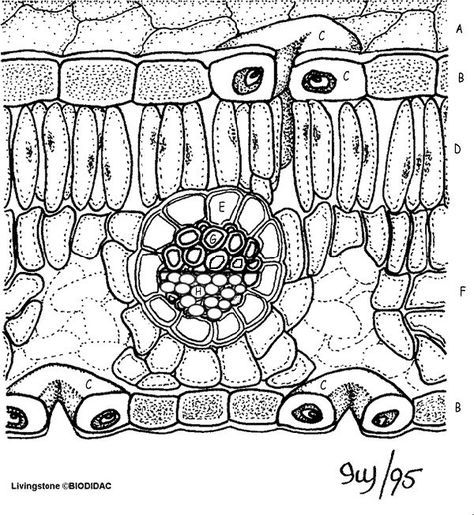Leaves are the main organs of photosynthesis in plants. They are composed of several layers of cells that work together to carry out this important process. The outer layer of a leaf is called the epidermis, which is covered by a waxy cuticle that helps prevent water loss. Beneath the epidermis are layers of cells called mesophyll, which contain chloroplasts where photosynthesis takes place. Veins run through the leaf, providing support and transporting water and nutrients.
The mesophyll is divided into two main types of tissues: the palisade mesophyll and the spongy mesophyll. The palisade mesophyll is made up of tightly packed, column-shaped cells that are rich in chloroplasts and are responsible for most of the photosynthesis in the leaf. The spongy mesophyll, on the other hand, is made up of loosely packed cells with air spaces between them, allowing for the exchange of gases needed for photosynthesis.
Leaf Anatomy Worksheet Key
The Role of Stomata
Stomata are small openings on the underside of leaves that allow for the exchange of gases, such as carbon dioxide and oxygen, with the surrounding air. Guard cells surround each stoma and can open and close to regulate the exchange of gases and prevent water loss. Stomata are crucial for the process of photosynthesis, as they allow carbon dioxide to enter the leaf and oxygen to exit.
